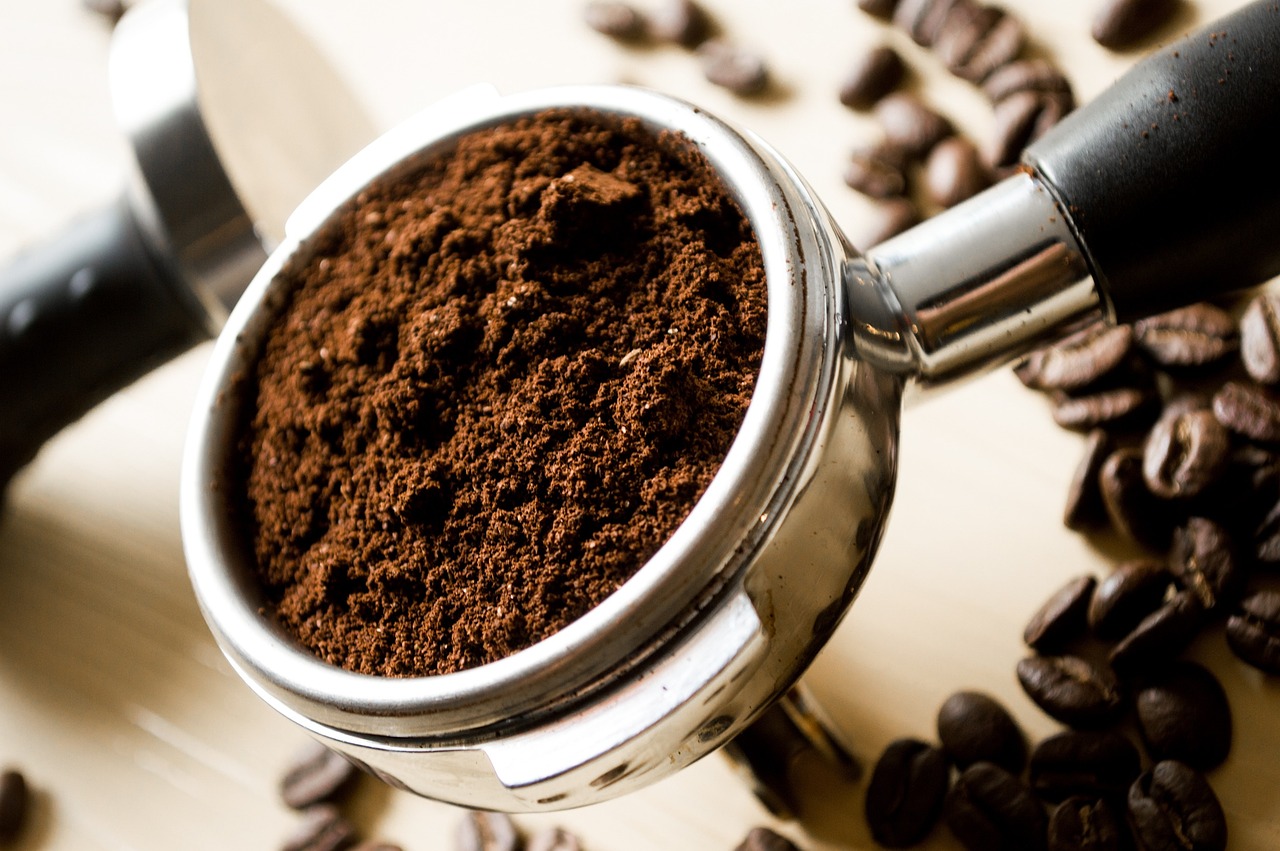
The soft commodities composite fell 6.04% in Q2 2025 and was 20.58% lower over the first six months of this year. After leading the commodities asset class higher in 2023 and 2024, soft commodities were the second-worst-performing sector in Q2 but were the downside leader over the first half of 2025.
My Q1 Barchart article on the soft commodities sector concluded with:
Expect volatility to continue in the soft commodities sector over the coming weeks and months. As high prices cure high prices, low prices tend to cure low prices in commodities. Keep an eye on cotton, which is at a level that could eventually make the fluffy fiber an attractive candidate to take the bullish baton.
While cocoa futures were the best-performing soft commodities in Q2, cotton was second with a marginal decline. However, cotton futures posted the smallest decline over the first six months of 2025.
Arabica coffee futures lead on the downside
Arabica coffee futures fell 19.22% in Q2, leading the soft commodities sector on the downside.

The monthly chart highlights the decline in Arabica coffee futures during Q2, resulting in a lower price that settled at $3.0675 per pound on June 30, 2025. Coffee futures were 4.07% lower over the first six months of 2025, after reaching a new record high at nearly $4.30 per pound in February 2025. Coffee futures were lower in early Q3, falling below the $2.80 per pound level at the most recent low.
Sugar futures fall and post the second-leading decline
ICE world sugar futures fell 17.92% in Q2, causing the sweet commodity to make the second-leading decline in the soft commodities sector over the three months.

The monthly chart highlights the decline in the world sugar futures during Q2. The price moved lower to settle at 15.48 cents per pound on the continuous futures contract on June 30, 2025. World sugar futures were 19.63% lower over the first six months of 2025. The world sugar futures reached a slightly lower low in early Q3.
Cocoa futures recover in Q2, but remain lower over the first half of 2025
ICE cocoa futures rose 18.40% in Q2, making the commodity that is the primary ingredient in chocolate confectionery products the upside leader in the soft commodities sector over the three months.

The monthly chart highlights the Q2 gain in cocoa futures, as the price settled at $9,356 per ton on June 30, 2025. Cocoa futures were 19.86% lower over the first six months of 2025, after reaching a new record high at $12,931 per ton in December 2024 and closing last year at $11,675 per ton. Cocoa futures were lower in early Q3, at around the $8,100 per ton level.
FCOJ posts a double-digit percentage Q2 decline- Cotton edged lower
ICE frozen concentrates orange juice futures fell 10.63% in Q2, as the decline from the December 2024 record high continued.

The monthly chart highlights FCOJ futures Q2 decline, sending the price lower to settle at $2.1765 per pound on June 30, 2025. FCOJ futures were 56.25% lower over the first six months of 2025, after reaching a new record high at $5.4315 per pound in December 2025. FCOJ futures were higher in early Q3, at around the $2.89 per pound level.
ICE cotton futures edged 0.82% lower in Q2, as cotton was the best-performing soft commodity for the quarter, despite the decline.

The monthly chart highlights the decline in cotton futures in Q2, sending the price lower to settle at 66.28 cents per pound on June 30, 2025. Cotton futures moved 3.10% lower over the first six months of 2025. Cotton futures were slightly higher in early Q3, at over the 67 cents per pound level.
The prospects for Q3 2025 and beyond
The six-month declines in Arabica coffee, cocoa, and FCOJ futures, which had reached new record highs in late 2024 and early 2025, are examples that the cure for high prices in commodities is those high prices. These agricultural commodities rose to price levels that defied logical, reasonable, and rational fundamental and technical analysis; a phenomenon often observed in the volatile commodities asset class. However, parabolic rallies send prices to levels that encourage increased production or substitution, leading to rising inventories and falling consumer purchases, which creates price tops as we have seen over the past few months. While coffee, cocoa, and FCOJ prices have declined, they remain historically elevated in early Q3, which suggests there may be more downside potential.
Sugar and cotton futures remain under pressure, making lower highs and lower lows. However, the world sugar and cotton futures offer more value than the other softs, as prices are nowhere near historical highs. As the soft commodities are now in the second half of 2025, underperformance compared to the other commodity sectors continues, following a period in which softs led the asset class in 2023 and 2024. Commodity cyclicality is a powerful force. If sugar and cotton prices continue to reach lower lows, they could be excellent candidates for recovery, as low prices cause production and inventories to decline, leading to increased consumption and significant price bottoms.







